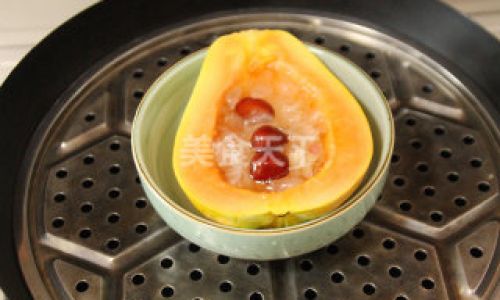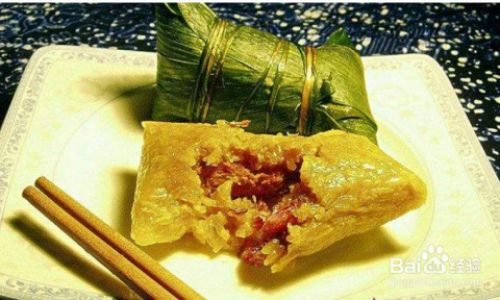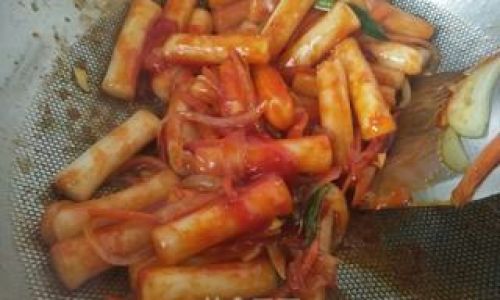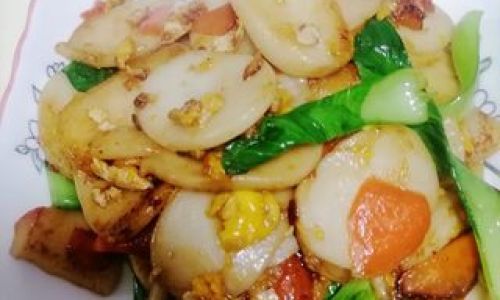Introduction
Zongzi, the iconic pyramid-shaped dumpling wrapped in bamboo leaves, is a culinary symbol of tradition and celebration, particularly during China’s Dragon Boat Festival. These sticky rice treats, often stuffed with sweet or savory fillings, have transcended cultural boundaries to become a beloved snack worldwide. However, for those short on time or living far from specialty stores, frozen zongzi offers a convenient solution. The challenge lies in reheating them to perfection—retaining their signature chewiness, aromatic leaf essence, and melt-in-the-mouth filling. Enter the electric rice cooker, a kitchen staple that promises effortless steaming. But how long should you steam frozen zongzi in a rice cooker? Is 20 minutes the magic number? This article delves into the science, techniques, and tips to ensure your frozen zongzi emerges tender, fragrant, and ready to delight.

Understanding Zongzi: A Brief Cultural and Culinary Overview
Before diving into cooking methods, it’s essential to grasp what makes zongzi unique. Traditionally, zongzi is made by wrapping glutinous rice, fillings like red bean paste, salted egg yolk, or marinated pork, and aromatic leaves (typically bamboo or reed) into a triangular or rectangular packet. The leaves impart a subtle grassy aroma while steaming, and the rice absorbs their essence. Frozen zongzi, while convenient, requires careful reheating to mimic the texture of freshly made ones. Overcooking can lead to mushy rice, while undercooking leaves it chalky and hard.
Why Use a Rice Cooker for Steaming?
Rice cookers are engineered to maintain consistent temperatures, making them ideal for steaming. Unlike stovetop methods, where heat fluctuates, a rice cooker’s “keep warm” function ensures steady, gentle heat—perfect for thawing and cooking frozen zongzi without drying them out. Additionally, most modern rice cookers come with a steaming basket or tray, allowing you to steam multiple zongzi at once without crowding.
Choosing the Right Rice Cooker
Not all rice cookers are created equal. For optimal results, opt for a model with a dedicated “steam” function or a clear lid to monitor progress. Basic cookers with simple “cook” and “warm” settings work, but advanced models with timers or pressure-cooking features offer more control. If your cooker lacks a steaming basket, a stainless-steel trivet or even a heatproof plate placed inside can serve as a substitute.
Preparing Frozen Zongzi: Thawing vs. Direct Cooking
A common debate among zongzi enthusiasts is whether to thaw frozen zongzi before steaming. While some swear by thawing in the refrigerator overnight, others prefer cooking directly from frozen. Both methods have merits:
- Thawing: Allows for more even cooking, reducing the risk of a hard center. However, it requires planning ahead.
- Direct Cooking: Saves time but may result in slightly longer steaming durations to ensure the core heats through.
For this guide, we’ll explore both approaches, with a focus on the 20-minute steaming timeframe.
Step-by-Step Guide to Steaming Frozen Zongzi in a Rice Cooker

Step 1: Preparing the Rice Cooker
- Add Water: Pour 2–3 cups of water into the rice cooker’s inner pot. The exact amount depends on your cooker’s capacity and the number of zongzi. Ensure the water level is below the steaming basket to prevent sizzling.
- Place the Steaming Basket: Insert the steaming tray or basket. If using a makeshift trivet, ensure it’s stable and elevates the zongzi above the water.
Step 2: Arranging the Zongzi
- Spacing: Place frozen zongzi in a single layer on the steaming basket. Avoid overcrowding, as this blocks steam circulation and leads to uneven cooking.
- Optional Wrapping: For added moisture retention, wrap each zongzi in parchment paper or aluminum foil. This step is optional but helps prevent the leaves from drying out.
Step 3: Setting the Cooking Time
- Thawed Zongzi: If thawed, set the rice cooker to “steam” mode (or “cook” if no steam function) for 15–18 minutes.
- Frozen Zongzi: For frozen zongzi, extend the time to 20–25 minutes. The extra 5 minutes compensates for the initial thawing phase.
Step 4: Monitoring and Adjusting
- Check Early: At the 15-minute mark, carefully lift the lid (avoiding steam burns) and test a zongzi by gently pressing its surface. If it feels firm but yields slightly, it’s done.
- Add Water if Needed: If the water level drops below the steaming basket, add hot water (not cold) to maintain steam.
Step 5: Resting Period
- Let Them Sit: Once steamed, turn off the rice cooker and let the zongzi rest for 5 minutes with the lid on. This allows residual heat to finish cooking and softens the rice further.
The 20-Minute Rule: Myth or Reality?
The 20-minute steaming time is a starting point, not a strict rule. Variables like zongzi size, fillings, and rice cooker wattage affect outcomes:

- Size Matters: Mini zongzi (50g) may cook in 15 minutes, while larger ones (150g+) need 25 minutes.
- Fillings: Meat-filled zongzi require longer cooking to heat through compared to sweet red bean varieties.
- Power Output: High-wattage rice cookers (1000W+) cook faster than lower-powered models (500W).
Troubleshooting Common Issues
- Mushy Rice: Overcooking or too much water. Reduce time by 2–3 minutes next batch.
- Dry Leaves: Insufficient steam. Ensure the lid is sealed tightly, and water levels are adequate.
- Uneven Cooking: Crowded steaming basket. Leave space between zongzi for airflow.
Enhancing Flavor and Texture: Pro Tips
- Add Aromatics: Place a pandan leaf or cinnamon stick in the water for extra fragrance.
- Brush with Oil: After steaming, lightly brush zongzi with sesame oil for gloss and flavor.
- Reheat Leftovers: Store cooked zongzi in the fridge and resteam for 5–7 minutes to revive their texture.
Serving Suggestions: Beyond the Basics
While zongzi is delicious on its own, elevate the experience with these accompaniments:
- Sweet Pairings: Drizzle with honey, serve with mango puree, or dip in condensed milk.
- Savory Options: Pair with chili oil, soy sauce, or a side of pickled vegetables.
- Creative Twists: Slice zongzi into rounds, pan-fry until crispy, and serve as “zongzi fries” with dipping sauces.
Conclusion: The Joy of Perfectly Steamed Zongzi
Steaming frozen zongzi in a rice cooker is a blend of science and art. While the 20-minute mark serves as a reliable benchmark, adapting to your kitchen’s quirks ensures consistent success. Whether you’re a busy professional, a nostalgic expat, or a curious foodie, mastering this technique unlocks the joy of zongzi anytime, anywhere. So fire up your rice cooker, embrace the aromatic steam, and savor every bite of this timeless treat.
Final Thoughts: Experimentation is Key
Don’t fear trial and error. Adjust times, test fillings, and tweak methods until you find your sweet spot. After all, the best recipes are those tailored to your taste buds. Happy steaming!






0 comments